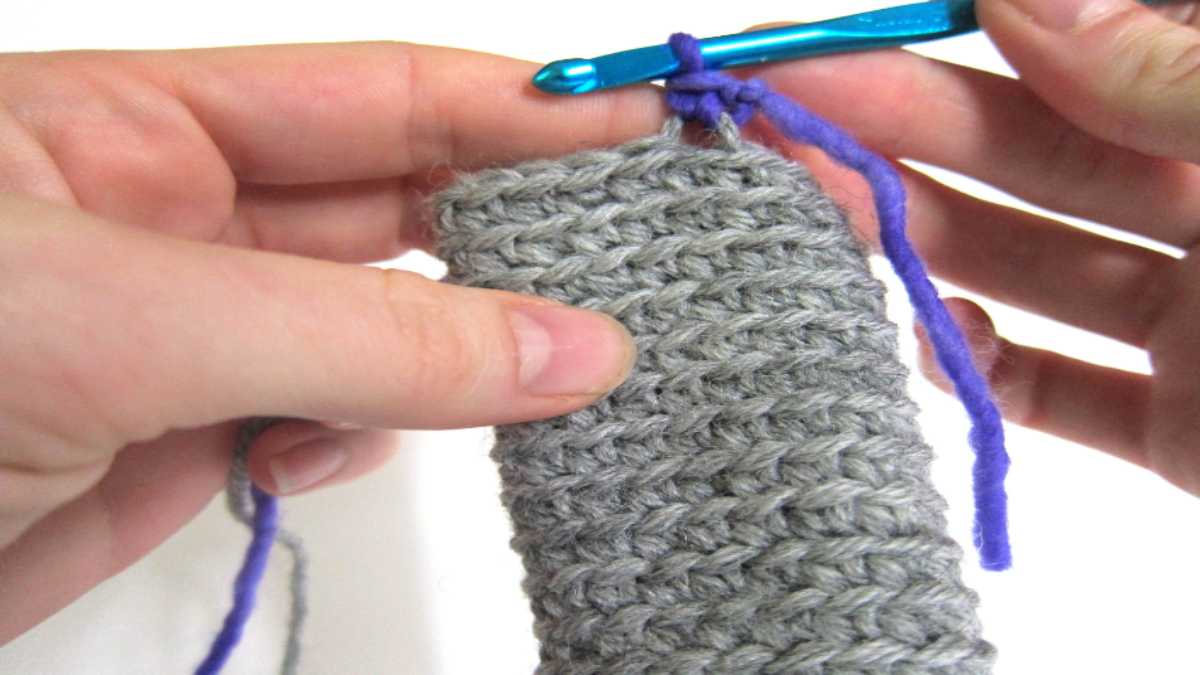Introduction
A lush, green lawn is every homeowner’s dream, but too much water can turn that dream into a soggy nightmare. Over watered grass is more common than you might think, leading to yellowing, root rot, and increased disease risk. In this guide, you’ll learn how to spot the signs of overwatering, correct the issue, and establish a healthy watering routine.
Signs of Over Watered Grass
1. Yellowing or Browning Grass
Too much moisture suffocates roots, causing grass to lose its vibrant green color and turn yellow or brown.
2. Soggy or Mushy Soil
If your lawn feels squishy when you walk on it, excess water is preventing oxygen from reaching the roots.
3. Increased Weed Growth
Overwatered lawns create ideal conditions for weeds like crabgrass and dandelions to thrive.
4. Lawn Diseases and Fungal Growth
Excess moisture promotes fungal diseases such as mold, mildew, and brown patch.
5. Shallow Root Systems
Grass roots stay near the surface instead of growing deep, making your lawn more vulnerable to drought and stress.
How to Fix Over Watered Grass
6. Stop Watering Immediately
Give your lawn time to dry out by pausing all irrigation.
7. Improve Drainage
Aerate the soil using a lawn aerator to help water penetrate deeper and drain more efficiently.
8. Remove Thatch Build-Up
Excess thatch can trap moisture, leading to poor grass health. Use a dethatching rake to remove it.
9. Adjust Your Watering Schedule
Water deeply but less frequently to encourage stronger root growth. Aim for 1-1.5 inches of water per week, including rainfall.
10. Test Your Soil
Check moisture levels with a screwdriver or soil moisture meter before watering.
11. Mow at the Right Height
Keep grass blades at 3-4 inches to shade the soil and prevent excess evaporation.
12. Improve Sunlight Exposure
Trim trees or bushes to allow more sunlight, which helps dry out excess moisture.
13. Use Proper Irrigation Techniques
Opt for early morning watering to prevent evaporation and reduce disease risk.
How to Prevent Overwatering in the Future
14. Follow a Seasonal Watering Plan
Adjust watering frequency based on seasonal conditions. Lawns need less water in spring and fall compared to summer.
15. Install a Smart Irrigation System
Weather-based irrigation controllers adjust watering schedules based on climate and soil moisture.
16. Choose Drought-Resistant Grass
Opt for grass varieties like Bermuda, Zoysia, or Fescue that require less water.
17. Improve Lawn Grading
Ensure proper slope and drainage to prevent water accumulation in low areas.
18. Add Organic Matter
Compost and organic mulch improve soil structure and prevent waterlogging.
19. Monitor Rainfall
Use a rain gauge to track rainfall and adjust irrigation accordingly.
20. Educate Household Members
Ensure everyone follows proper lawn care practices to maintain a balanced watering routine.
Conclusion
Over watered grass can weaken your lawn, making it susceptible to disease, weeds, and root damage. By recognizing the signs early and taking corrective action, you can restore your lawn’s health. Implementing a proper watering schedule and improving soil drainage will ensure a resilient, green lawn year-round.
FAQ
1. How can I tell if my lawn is overwatered or underwatered?
Overwatered grass feels soggy, turns yellow, and develops fungal growth. Underwatered grass becomes dry, brittle, and wilts easily.
2. How long does it take to fix an overwatered lawn?
It can take anywhere from a few days to several weeks, depending on the extent of damage and soil conditions.
3. Should I aerate an overwatered lawn?
Yes, aeration helps improve drainage and allows oxygen to reach the roots.
4. What is the best time of day to water my lawn?
Early morning (before 10 AM) is the best time to water, as it reduces evaporation and prevents fungal growth.
5. Can overwatering attract pests?
Yes, excessive moisture can lead to an increase in pests like mosquitoes and fungus gnats.
6. Does overwatering affect soil quality?
Yes, too much water depletes oxygen levels in the soil, leading to weak root growth and nutrient leaching.
7. How often should I water my lawn to prevent overwatering?
Water deeply once or twice a week, depending on weather conditions and soil type.
8. What should I do if my grass doesn’t recover after reducing watering?
Consider reseeding or overseeding damaged areas and improving soil health with organic matter.
